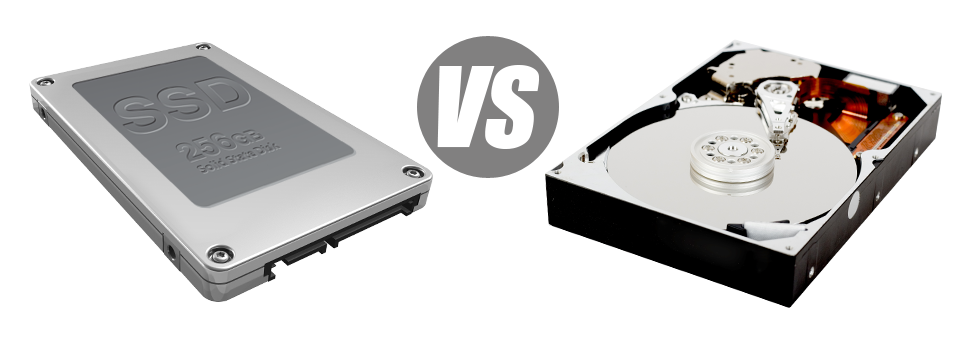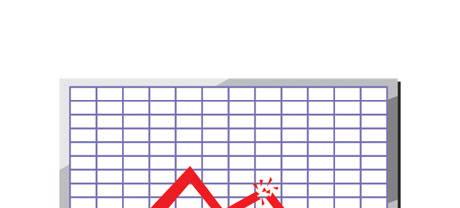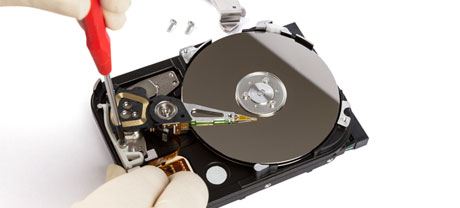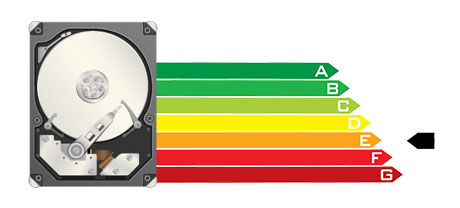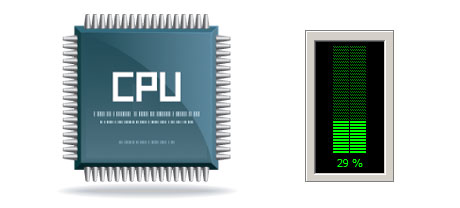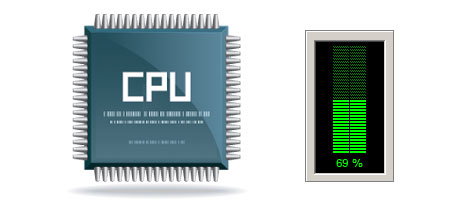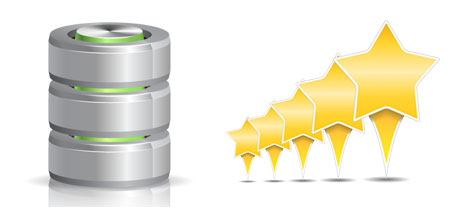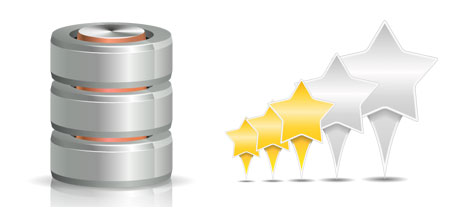For years there was just one reputable method to store info on a pc – by using a hard disk drive (HDD). Having said that, this type of technology is by now showing it’s age – hard drives are noisy and slow; they are power–ravenous and have a tendency to produce a great deal of heat throughout intensive operations.
SSD drives, on the other hand, are really fast, take in a lesser amount of energy and are much cooler. They provide a new solution to file access and storage and are years in advance of HDDs with regard to file read/write speed, I/O efficiency and also energy efficiency. Observe how HDDs fare against the more recent SSD drives.
1. Access Time
A result of a radical new way of disk drive general performance, SSD drives permit for much quicker data file access speeds. With an SSD, data file access times are much lower (only 0.1 millisecond).
HDD drives make use of spinning disks for files storage uses. Each time a file will be accessed, you have to wait for the appropriate disk to get to the correct position for the laser beam to view the data file you want. This leads to a standard access speed of 5 to 8 milliseconds.
2. Random I/O Performance
The random I/O performance is very important for the effectiveness of any data file storage device. We’ve executed extensive tests and have established that an SSD can deal with at least 6000 IO’s per second.
Having an HDD drive, the I/O performance steadily enhances the more you apply the drive. Nonetheless, just after it gets to a certain restriction, it can’t get speedier. And due to the now–old technology, that I/O limit is a lot less than what you might receive having an SSD.
HDD can only go as much as 400 IO’s per second.
3. Reliability
SSD drives are designed to have as fewer rotating components as is feasible. They utilize a comparable concept like the one employed in flash drives and are also more reliable when compared with classic HDD drives.
SSDs provide an average failure rate of 0.5%.
Since we already have noted, HDD drives rely on rotating disks. And something that uses a great number of moving components for lengthy amounts of time is more prone to failing.
HDD drives’ common rate of failing ranges among 2% and 5%.
4. Energy Conservation
SSDs lack moving elements and need almost no cooling down power. Additionally they need not much power to operate – trials have established that they can be operated by a normal AA battery.
As a whole, SSDs use up between 2 and 5 watts.
HDD drives are famous for getting loud. They want a lot more electric power for cooling down purposes. Within a web server which has a lot of HDDs running continuously, you will need a good deal of fans to ensure that they’re kept cool – this makes them far less energy–effective than SSD drives.
HDDs use up between 6 and 15 watts.
5. CPU Power
Thanks to SSD drives’ better I/O effectiveness, the main web server CPU can process data queries more quickly and preserve time for additional operations.
The common I/O delay for SSD drives is only 1%.
HDD drives enable slower access speeds when compared to SSDs do, which will result in the CPU having to delay, although arranging assets for the HDD to locate and return the requested data file.
The regular I/O delay for HDD drives is around 7%.
6.Input/Output Request Times
In real life, SSDs perform as admirably as they did throughout our testing. We competed an entire platform data backup on one of the production web servers. Through the backup operation, the average service time for I/O demands was below 20 ms.
All through the very same lab tests sticking with the same hosting server, this time suited out utilizing HDDs, functionality was much sluggish. Throughout the hosting server back up process, the standard service time for any I/O calls ranged between 400 and 500 ms.
7. Backup Rates
Yet another real–life enhancement is the speed with which the data backup has been created. With SSDs, a hosting server back up now will take no more than 6 hours using Inway Hosting India’s hosting server–enhanced software.
We utilized HDDs exclusively for lots of years and we have got decent expertise in how an HDD performs. Creating a backup for a server furnished with HDD drives can take about 20 to 24 hours.
Should you wish to promptly improve the overall effectiveness of your respective websites without needing to alter any code, an SSD–driven website hosting service will be a excellent solution. Check the – our services feature extremely fast SSD drives and can be found at affordable prices.
Hepsia
- Live Demo
Service guarantees
- Subscribe now. You won’t see any setup fees you’ll also find complete root and SSH access to the server. 99.9% network availability is guaranteed.
Contact Us
- You’re able to make contact with us day and night by email or by making use of our ultra–fast ticketing platform. Inway Hosting India offers a 1–hour reply–back time frame guarantee.
